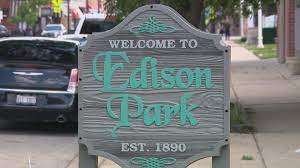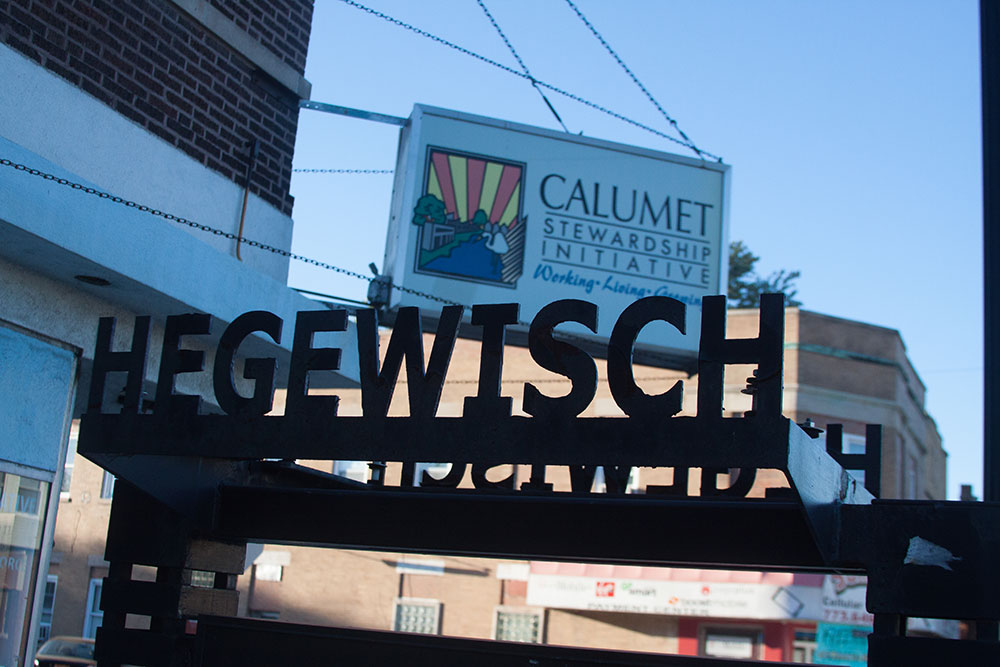Exploring the Vibrant History and Culture of Chicago’s Chinatown
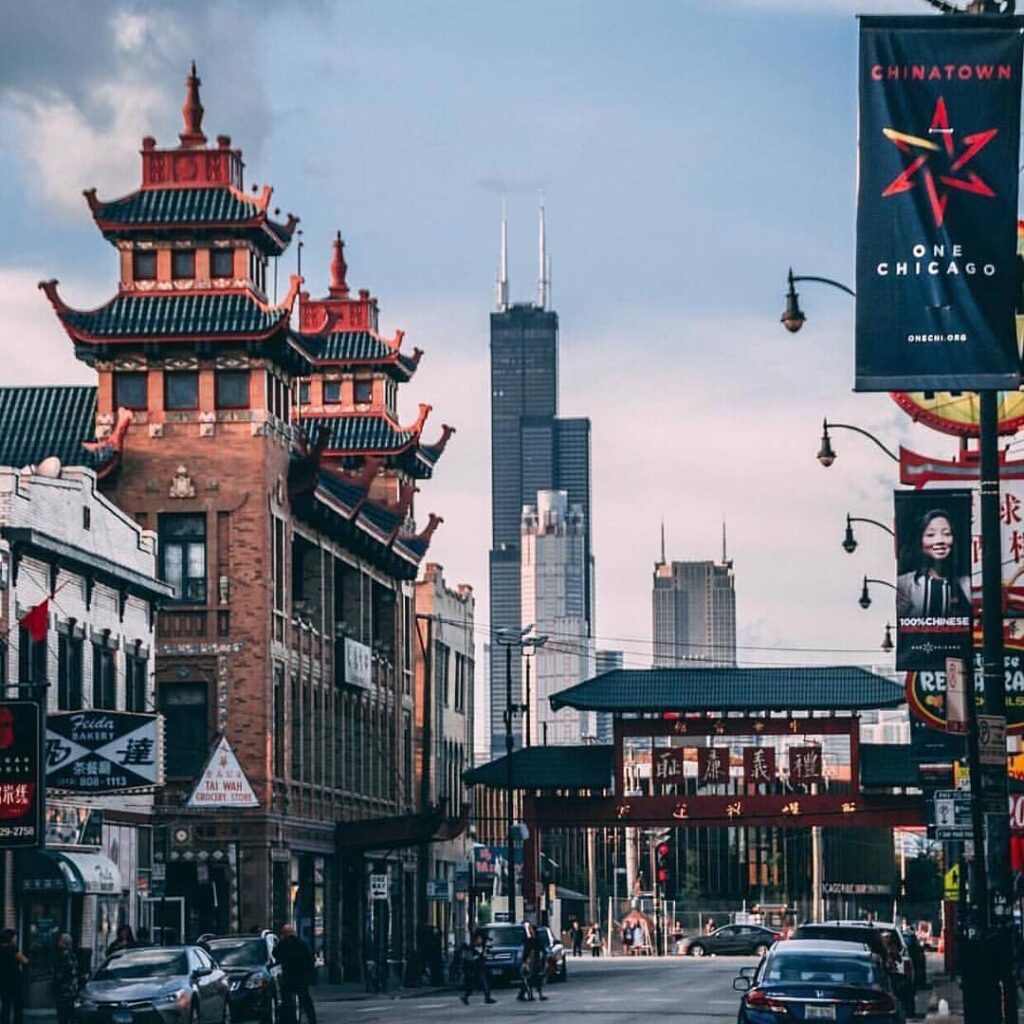
Chicago’s Chinatown is a neighborhood on the South Side of the city, known for its rich history, vibrant culture, and thriving community. With its bustling streets, delicious cuisine, and unique landmarks, Chinatown offers visitors a glimpse into the Chinese-American experience in the United States. In this article, we will delve into the fascinating history of Chinatown, explore its diverse demographics, highlight its notable landmarks and attractions, and discuss the importance of education and culture within the community.
A Journey Back in Time: The Early Migration and “Old” Chinatown
The story of Chicago’s Chinatown begins in the late 19th century when Chinese immigrants arrived in the city seeking better opportunities and a fresh start. These early migrants were escaping discrimination and violence on the West Coast and were drawn to Chicago’s promising prospects. The completion of the First Transcontinental Railroad in 1869 played a significant role in facilitating their migration.
As the Chinese community grew, they formed close-knit neighborhoods and established businesses along Clark Street in Chicago’s Loop area. This area became known as “Old Chinatown” and was a vibrant hub of Chinese culture, commerce, and community. Chinese-owned grocery stores, restaurants, and laundries flourished, catering to the needs of both the Chinese residents and the wider population.
The early Chinese community in Chicago faced initial acceptance and support from their fellow Chicagoans of all races. However, discrimination and challenges soon emerged. White-owned businesses began competing with Chinese laundries, and the popularity of Chinese cuisine, such as chop suey, led to the opening of more restaurants in Chinatown. Despite these challenges, the Chinese community thrived, and powerful clans and family associations, such as the Moy, Wong, and Chin clans, rose to prominence.
The Tong Wars, a series of violent conflicts between rival Chinese gangs, also impacted the community during this period. Shootouts and arrests were common, and the community remained on guard against outbreaks of violence. However, the Chinese community in Chicago persevered and continued to build their lives and businesses in the face of these challenges.
Relocation South: The Birth of “New Chinatown”

In the early 20th century, forces of change began to reshape the landscape of Chicago’s Chinatown. Discrimination, rising rents, and disagreements within the community led to a significant migration south to the Armour Square neighborhood. This relocation marked the birth of “New Chinatown.”
The On Leong Merchants Association played a crucial role in establishing the new Chinatown. In 1912, they constructed a building along Cermak Road that housed stores, apartments, and the association’s headquarters. This building became a symbol of the community’s resilience and determination to create a new home in the face of adversity. The surrounding area gradually developed, and the new Chinatown quickly became a thriving center of Chinese culture and commerce.
Despite facing discrimination from the established Italian community in Armour Square, the Chinese community in the new Chinatown continued to grow rapidly. Many Chinese businesses, including large grocery stores stocking imported goods, played a vital role in the local economy. Transnational associations and ties to mainland China further strengthened the community’s connections to other Chinatowns in the United States and East Asia.
During this period, several iconic buildings and structures were erected, including the On Leong Merchants Association Building, the Won Kow Building, and the Moy Association Building. These architectural gems showcased Chinese influence and became landmarks in the Chinatown skyline.
Post-World War II: Navigating Change and Building Unity
World War II brought new challenges and opportunities for Chicago’s Chinatown. The war united the community against fascism, but the influx of refugees and educated Chinese individuals changed the dynamics within the neighborhood. Many newcomers chose to move to the suburbs, resulting in a shift in the demographics and the role of Chinatown within the Chinese community.
To foster unity and cultural exchange, the Chinatown Gateway was built in 1975. This symbolic structure aimed to bring together Chinese individuals from different backgrounds and strengthen their connections. Additionally, the construction of Chinatown Square, a two-level mall, and residential developments like Santa Fe Gardens further transformed the neighborhood.
Education played a crucial role during this period, as the Chicago Public Schools served the students of Chinatown. John C. Haines School and Phillips Academy High School provided education to the young residents, encouraging diversity and combating racism. The Roman Catholic Archdiocese of Chicago supported St. Therese Chinese Catholic School, which became an educational pillar in the community.
Cultural celebrations and events remained an integral part of Chinatown’s identity. The Double Ten Parade celebrated the founding of the Republic of China, while the National Day of the People’s Republic of China brought together members of the Chinese consulate. These festivals allowed the community to showcase their heritage and foster a sense of belonging.
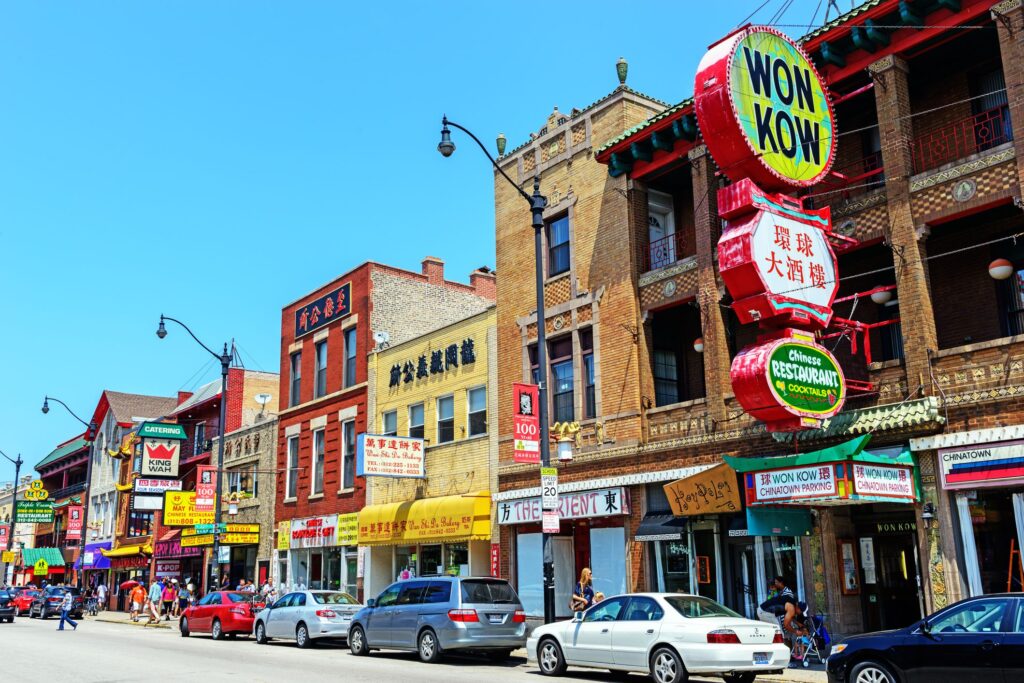
Exploring the Vibrant Present: Commerce, Demographics, and Landmarks
Today, Chicago’s Chinatown continues to thrive as a vibrant community and a popular destination for locals and tourists alike. The neighborhood is home to a wide range of businesses, including banks, Chinese restaurants, gift shops, grocery stores, and Chinese medicine stores. It serves as a hub for Chinese people in the Chicago metropolitan area and plays a significant role in the Midwest’s Chinese community.
Demographically, Chinatown has experienced changes over the years. In 1990, approximately 10,000 Chinese residents lived in the business district, and Italian Americans still had a presence in the neighborhood. As of 2013, about 8,000 people resided in the heart of Chinatown, with 90% of them being of Chinese ethnicity. The community has also seen an increase in elderly residents, highlighting the importance of preserving and passing on cultural traditions.
Chinatown is home to several landmarks and attractions that reflect its rich history and culture. The Chinatown Gateway, built in 1975, serves as a symbol of unity and welcomes visitors into the neighborhood. The Ping Tom Memorial Park, located on the banks of the Chicago River, features a Chinese-style pavilion and is considered one of the most beautiful in the Midwest. The Chinatown Library, operated by the Chicago Public Library, offers a wide range of resources and services to the community.
Transportation and Annual Events: Connecting Chinatown and Celebrating Tradition
Chinatown enjoys excellent transportation infrastructure, making it easily accessible for residents and visitors alike. The Dan Ryan Expressway and the Stevenson Expressway intersect over the south side of Chinatown, providing convenient access to the neighborhood. The Chicago Transit Authority operates the Red Line, four bus routes, and a water taxi service during the summer months, ensuring that transportation options are readily available.
The community also celebrates several annual events that highlight its traditions and customs. The Chinatown 5K brings together individuals from all backgrounds to participate in a race that promotes health and community spirit. The Chinese New Year Festival, with its vibrant parades and lion dances, ushers in the Lunar New Year with joy and excitement. The Dragon Boat Races, held in the summer, showcase the community’s competitive spirit and cultural heritage.
Preserving Heritage: Education, Culture, and Community
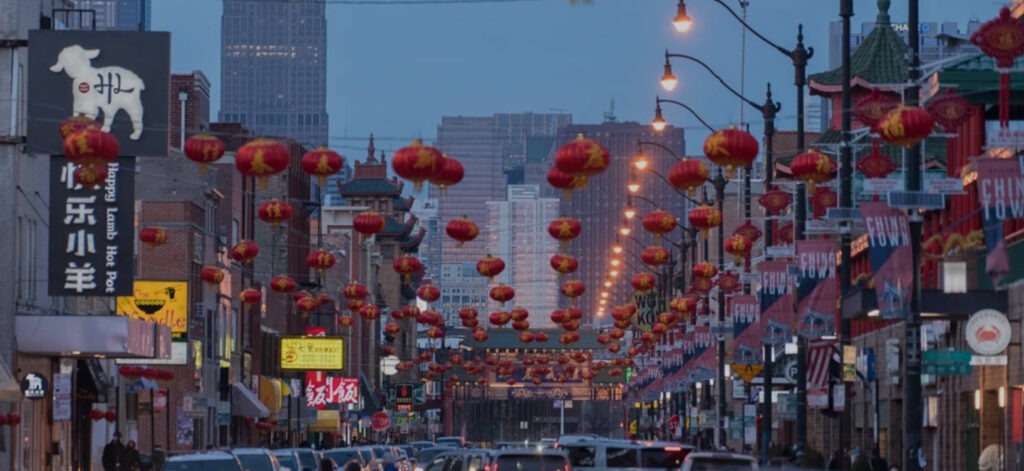
Education plays a vital role in preserving and passing on the rich heritage of Chicago’s Chinatown. Primary and secondary schools, such as John C. Haines School and Phillips Academy High School, provide education to the neighborhood’s young residents. The St. Therese Chinese Catholic School, supported by the Roman Catholic Archdiocese of Chicago, offers a private Catholic education with a focus on Chinese culture. The Pui Tak Christian School also plays a significant role in providing education to children in Chinatown.
The Chicago Public Library’s Chinatown branch serves as a valuable resource for the community, offering a wide range of books, programs, and services. The library acts as a hub for learning, cultural exploration, and community gatherings.
Culture is deeply ingrained in the fabric of Chinatown. The close-knit community values strong family ties, which contribute to the low incidence of juvenile delinquency. Festivals, such as the Double Ten Parade and the National Day of the People’s Republic of China, provide opportunities for residents to celebrate their heritage and connect with their roots.
Conclusion: A Vibrant Community with a Rich Past and Exciting Future
Chicago’s Chinatown stands as a testament to the resilience, determination, and vibrant culture of the Chinese-American community. From its early beginnings in “Old Chinatown” to the birth of “New Chinatown,” the neighborhood has undergone significant changes while maintaining its cultural identity and strong community bonds.
Today, Chinatown continues to thrive as a center of commerce, culture, and education. Its landmarks, attractions, and annual events showcase the neighborhood’s rich history and traditions. With its diverse demographics and vibrant present, Chicago’s Chinatown looks towards an exciting future, where its residents can continue to preserve their heritage and contribute to the multicultural fabric of the city.
